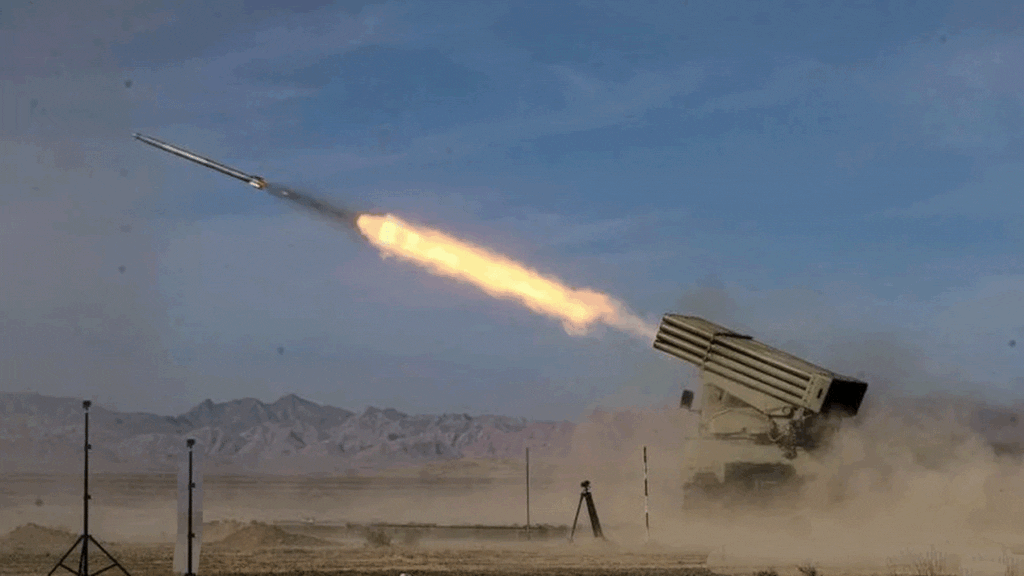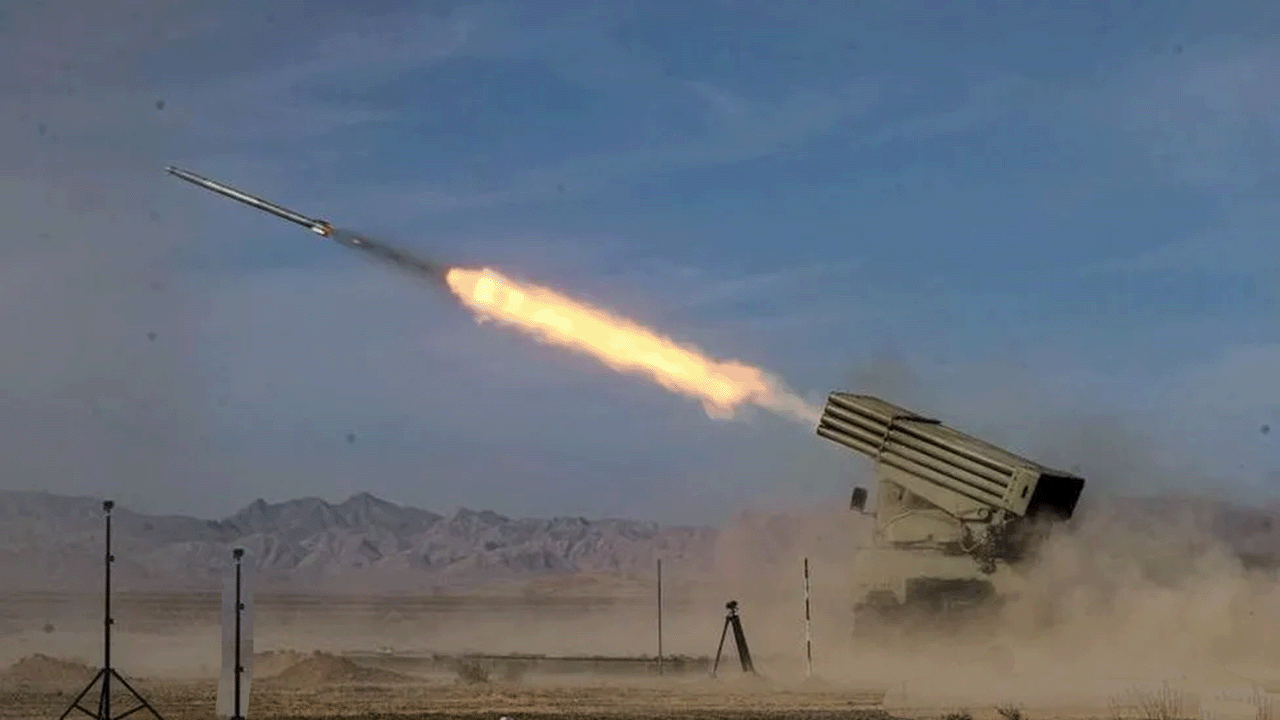
Introduction:
In a shocking turn of events, Iran has openly admitted to conducting a missile and drone attack on western Pakistan, leading to severe repercussions between the two neighboring nations. This article will meticulously unravel the incident, exploring its historical roots, the intricate details of the attack, and the multifaceted consequences that have already begun to unfold. As we dissect this geopolitical turmoil, we aim to provide a comprehensive understanding of Iran’s motives, the international response, and the potential implications for regional stability.
Answer Paragraph: Iran’s acknowledgment of carrying out a missile and drone attack on Pakistan raises alarming questions about the escalating tensions in the region. The strike, allegedly targeting the militant group Jaish al-Adl, has not only resulted in casualties but has also triggered a diplomatic crisis between the two nations. As we delve into the nuances of this complex situation, the article aims to shed light on the various facets of the incident, offering insights that go beyond the headlines. Brace yourself for an in-depth exploration that navigates through the historical context, attack details, diplomatic consequences, and the broader regional security implications.
Historical Context:
Historical Relations between Iran and Pakistan:
Iran and Pakistan’s historical ties, marked by collaborations and conflicts, form the backdrop of the current crisis. Investigate key moments that have shaped their relationship, providing a foundation for understanding the dynamics at play in this recent attack.
The Attack Details:
Nature of the Attack:
Unpack the details of the missile and drone attack – the weapons used, scale, and specific areas targeted in Balochistan. Gain insights into the severity of the assault and its immediate impact.
Casualties and Damage:
Delve into the aftermath, discussing the human toll and infrastructural damage inflicted by the strike in Balochistan. Illuminate the tragedy and its consequences for the affected communities.
Iran’s Acknowledgment:
Official Statement from Iran:
Analyze the statement from Iran’s foreign minister, assessing the motives and reasoning behind the admission of responsibility. Explore the political and strategic considerations that influenced this unprecedented move.
International Response:
Examine the reactions from global actors to Iran’s acknowledgment. Uncover diplomatic stances, condemnations, or expressions of support, providing a global perspective on the incident.
Diplomatic Consequences:
Impact on Bilateral Relations:
Discuss the potential ramifications of the incident on diplomatic ties between Iran and Pakistan. Explore how trust, cooperation, and future collaborations may be affected.
United Nations Involvement:
Explore the role of international bodies, particularly the United Nations, in intervening and mediating the diplomatic fallout. Assess the potential for a diplomatic resolution and global involvement in de-escalation efforts.
Regional Security Implications:
Security Concerns in the Region:
Evaluate the broader security implications for the region resulting from the attack. Probe into potential shifts in alliances, security dynamics, and the overall stability of neighboring countries.
Potential Escalation:
Analyze the risk of further escalation and its potential consequences for regional stability. Consider how the incident may impact the geopolitical landscape in the broader Middle East.
Public Reaction:
Public Opinion in Iran:
Explore how the Iranian public perceives the incident and their government’s acknowledgment. Scrutinize the sentiments, concerns, and potential societal impact within Iran.
Public Opinion in Pakistan:
Delve into the reactions and sentiments of the Pakistani population, gauging their response to the incident and Iran’s acknowledgment. Analyze how the public perceives the situation and its implications for their country.
Media Coverage:
Media’s Role in Shaping Perceptions:
Analyze how media outlets in both countries and internationally have covered the incident. Investigate narratives presented, potential biases, and the impact of media coverage on public understanding.
Conclusion:
Future Implications:
Speculate on the potential long-term consequences of the incident, considering its impact on regional stability, diplomatic relations, and geopolitical alliances.
Paths to Resolution:
Discuss possible diplomatic or conflict resolution strategies moving forward. Explore avenues for de-escalation, international mediation, and collaborative efforts to bring about a resolution to the tensions between Iran and Pakistan.

